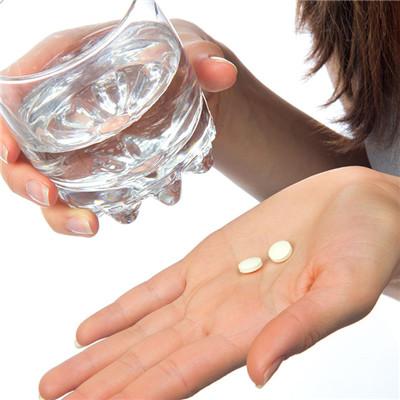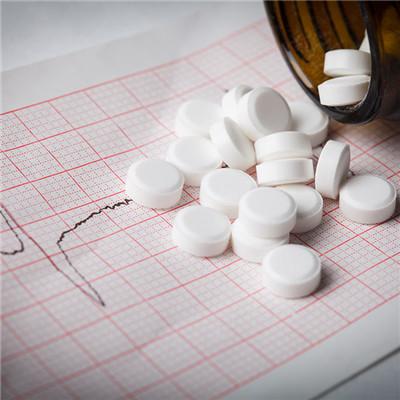How can gangrene be treated?
summary
Foot gangrene is a common complication caused by diabetes. Patients with diabetes are prone to suffer from foot gangrene. Patients with diabetes have insufficient blood supply due to vascular disease, accompanied by infected foot changes. Patients should actively control blood sugar and take corresponding treatment methods to alleviate the disease, In the diet, try to go to some light food, should eat less sugar content higher food, the following small make-up and everyone to introduce in detail, the cause of foot gangrene, how to treat gangrene?
How can gangrene be treated?
Stop smoking. Kicking this habit can help prevent gangrene and its escalation, as smoking helps slow the blood supply to the blood vessels. When the blood stops flowing, the tissue dies and gangrene begins. Anything that blocks blood circulation must be avoided, including smoking, of course. Nicotine, the active ingredient in cigarettes, is an important component affecting blood vessels. It constricts blood vessels, causing a decrease in blood flow. If there is less blood flow to parts of the body, then there is less oxygen. The long-term lack of oxygen in human tissue makes it become necrotic tissue (necrotic tissue), which leads to the formation of gangrene. Smoking is also associated with many vascular diseases that cause narrowing and hardening of blood vessels. It's better to stop smoking gradually rather than all of a sudden, because it can lead to strong withdrawal symptoms, which in turn make it difficult to quit. Ask your doctor to help you quit smoking.
Adjust your diet. Gangrene, tissue and muscle damage due to poor blood circulation. Therefore, it is best to eat high protein and high calorie food to help muscle and tissue repair. Protein can also help rebuild damaged muscles, while nutritious (not junk food calories) give your body the process it needs to work. Foods are high in protein and low in fat to avoid blocking your arteries, including Turkey, fish, cheese, lean pork, lean beef, tofu, beans, eggs, peanuts. Avoid greasy food, such as red meat, butter, lard, hard cheese, cake and biscuit, fried food. Try adding more dark green leafy vegetables to your diet.
Include foods high in germanium and other antioxidants in your diet plan. Germanium is an antioxidant and is thought to increase oxygen function in the body, although many evidences are still hearsay. It can also enhance the immune system and has anti-cancer effect. Foods high in germanium include garlic, onions, mushrooms, whole wheat flour, bran, ginseng, green leafy vegetables, and aloe.
matters needing attention
Pay attention to your sugar intake. While it's important for everyone to observe how much sugar you eat, it's especially important for people with diabetes. Diabetics should reduce their sugar consumption and lower their blood sugar levels according to their diet plan, daily exercise and time. They should also check their limbs for any cuts, signs of redness, swelling or infection on a regular basis. With diabetic neuropathy you should assess yourself daily for any numbness symptoms in the arms, legs, fingers and toes, as these are ineffective circulatory signs. High glucose intake is associated with hypertension, which has adverse effects on normal intravascular blood flow.










